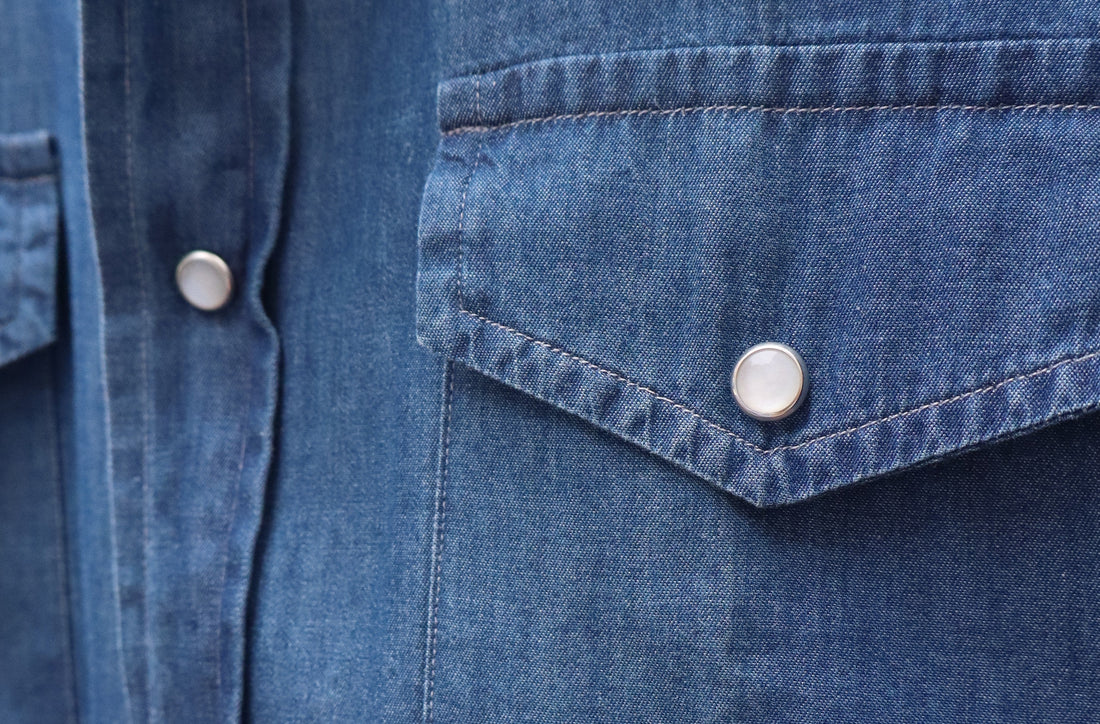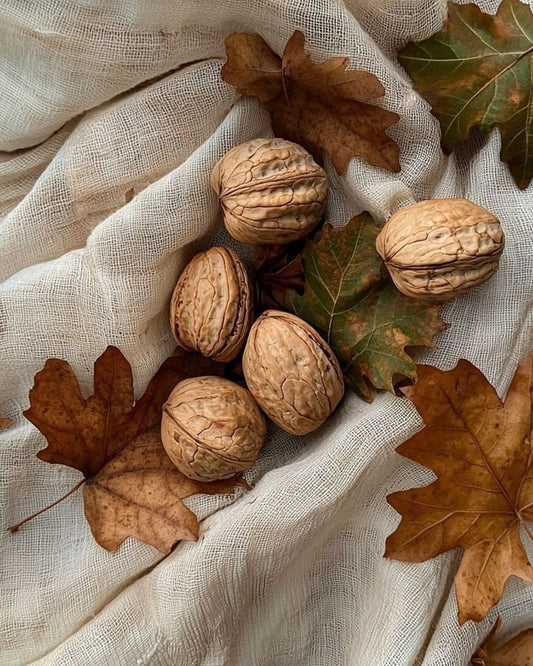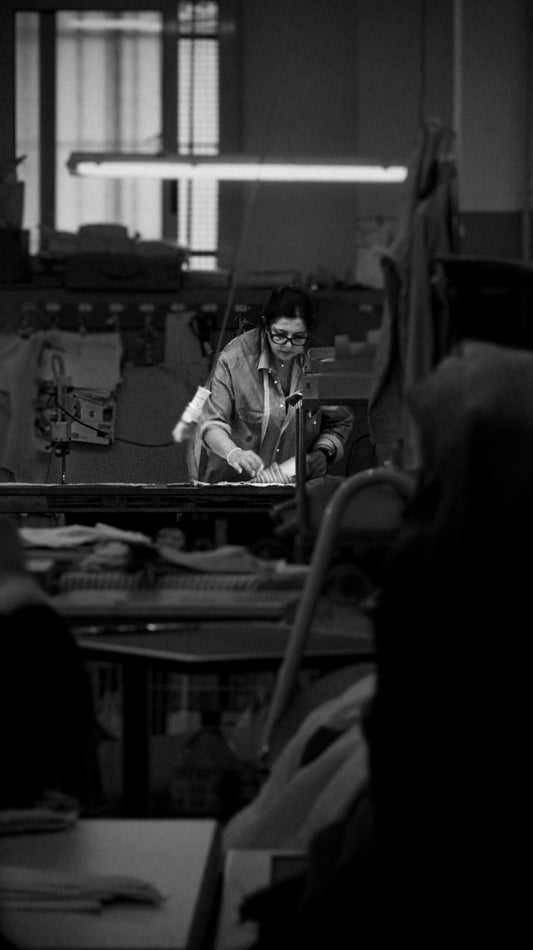
The Pocket as a Statement: Function and Style
In the history of the shirt, no detail has ever been marginal. Even the pocket, today a mark of style and personality, was born as a purely functional element and evolved over time, following the changes of society and fashion.
Functional Origins
The earliest shirts, centuries ago, had no pockets: they were intimate garments, meant to be worn under jackets and waistcoats. With the modernization of menswear and the rise of the shirt as a day garment, the pocket appeared as a functional solution, providing space for small objects when a jacket was not at hand.
The Classic Chest Pocket
Rounded or squared, this became the most common version throughout the 20th century. Discreet and linear, it blends into the architecture of the shirt without disturbing its harmony. It is the choice of those who value balance and practicality while embracing a language of understatement.
The Flap Pocket
Derived from the military world and workwear, the flap pocket gained popularity in the 1930s and ’40s, particularly in work and western shirts. The flap adds visual solidity and protects the contents while offering a distinctive stylistic touch. Today, Vanacore Napoli reinterprets it in the Texas model, with snap buttons and a functional yet refined aesthetic.
The Diagonal Patch Pocket
Less conventional, the diagonal patch pocket breaks the symmetry of the shirt and suggests dynamism. Typical of certain western and sport styles, in the hands of fine tailoring it becomes an original and sophisticated detail. A choice for those who want to express personality without excess.
From Detail to Identity
The pocket has shifted from being a purely practical support to an element capable of narrating the wearer’s style. Whether discreet, structured, or unconventional, the pocket reveals more than it seems: a fragment of history that becomes a language of elegance.
For Vanacore Napoli, every pocket is designed with the same care dedicated to collars, seams, and cuffs. It is not an accessory detail, but a trait that completes the identity of the shirt.







